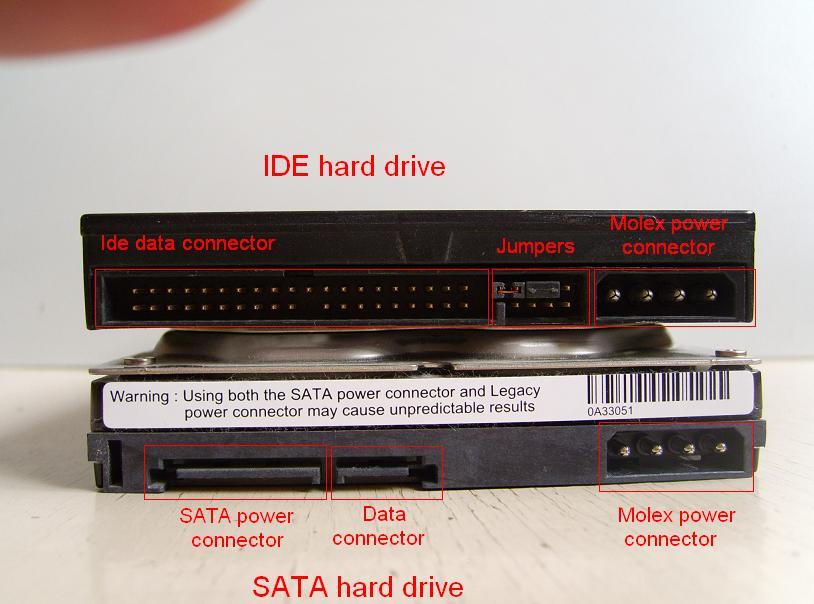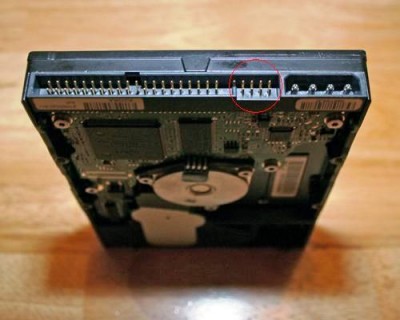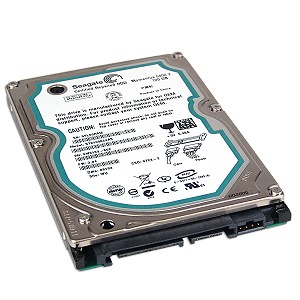Difference Between SATA and IDE Harddisk

Technology keeps evolving every day and things are getting better and smarter. Computer hard disks use to have very limited storage capacity and huge volumes some years back but things have improved to a great extend. Hard disks use to be so huge that they acquire an entire office floor just to save some limited amount of data within them. A number of different computer hard disks are available in the market. The IDE or Parallel ATA hard drives are becoming obsolete these days and they are being replaced by Serial ATA or SATA hard disks for better functionality. It is unanimously accepted that SATA hard drives are far better than the older IDE disks.
The Integrated Drive Electronics (IDE) is actually an interface standard for the connection of storage devices, like the hard disks, floppy drives and optical disk drives.
SATA is a computer bus interface for connecting host bus adapters to mass storage devices, such as the hard disks. Its volume is far smaller than the IDE drives but its storage capacity is greater. SATA hard disks are cheaper, native hot swapping, faster data transfer and more efficient in functioning.
Instructions
-
1
IDE
IDE hard drives basically use 40-pin ribbon cable for connecting to the computer’s motherboard. Only two IDE hard drives can be attached to one 40-pin ribbon cable at a time. The interface runs in parallel within IDE hard drives, sending the data in groups, rather than a single stream of data. This makes the functioning slower because when the data is received in groups at the other end of IDE, the receiver has to wait until entire data is transferred before it can proceed on it. A 4-pin Molex power connection is used to connect IDE hard drives to the computer. The speed of data transfer in IDE hard drives is between 33 MB/s to 133 MB/s. The other disadvantage of IDE hard disks is that they work on FIFO method (first in first out) for handling the commands.
Image Courtesy: techrepublic.com
-
2
SATA
SATA hard drives use a much smaller 7-pin cable, which allows only one hard drive to be attached to it at a time. Data is transferred through a continuous stream in SATA drives, rather than in groups. This makes the data processing smoother. This sort of hard drives don’t use Molex cables to power but 3.3v line. The data transfer rate in SATA hard disks can range from 150 MB/s to 300 MB/s.
Image Courtesy: arrowcomputers.com.au





